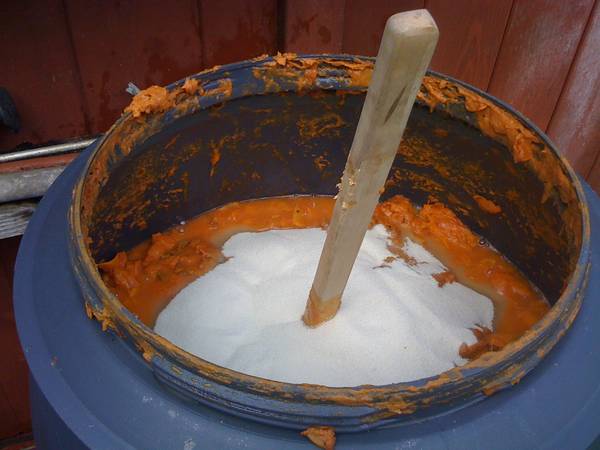Wow--too cool! We have persimmon trees, the native variety, and they taste simply amazing. But yes, you can't eat them until they look as if they've gone bad; then they're like candy. The pectinase--I hope you used enough. In fact, I've thought about trying pectinase in our jam to actually try to reduce the amount of pectin in the raw fruit so we don't have to add water to make sure the jam doesn't get too thick... normally you want to ADD pectin to jams.
Ye gods, I love persimmons. I hope to hear this goes well so maybe we can follow your example (on a much smaller scale--we only have four trees) with our own persimmons next year.
Ye gods, I love persimmons. I hope to hear this goes well so maybe we can follow your example (on a much smaller scale--we only have four trees) with our own persimmons next year.

























































![Craft A Brew - Safale BE-256 Yeast - Fermentis - Belgian Ale Dry Yeast - For Belgian & Strong Ales - Ingredients for Home Brewing - Beer Making Supplies - [3 Pack]](https://m.media-amazon.com/images/I/51bcKEwQmWL._SL500_.jpg)




